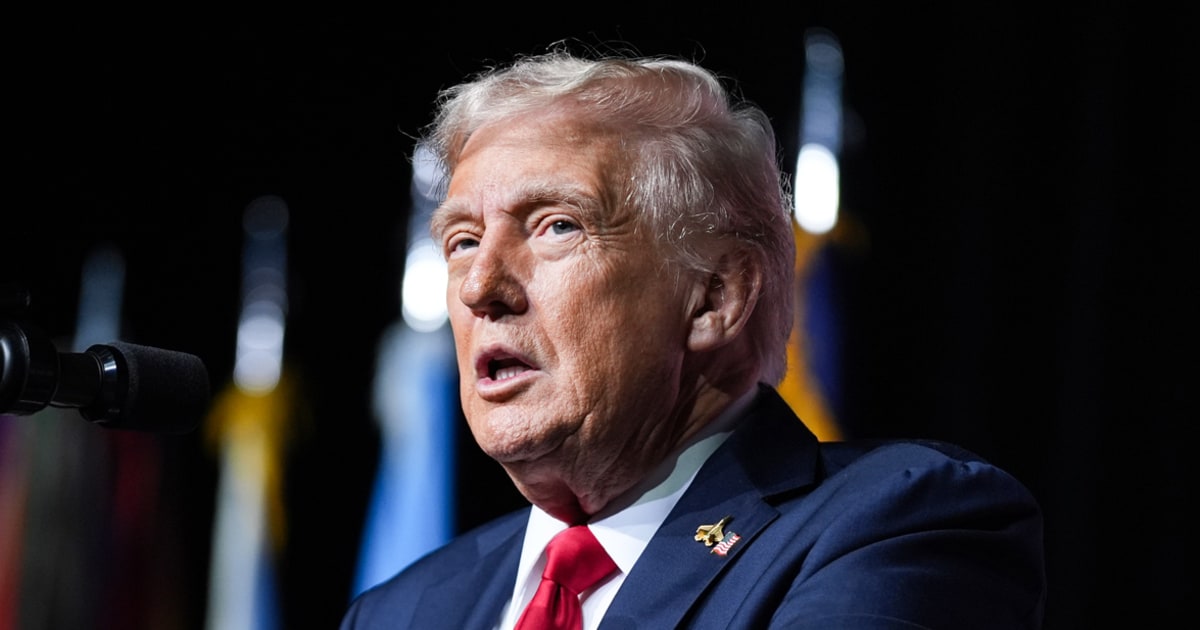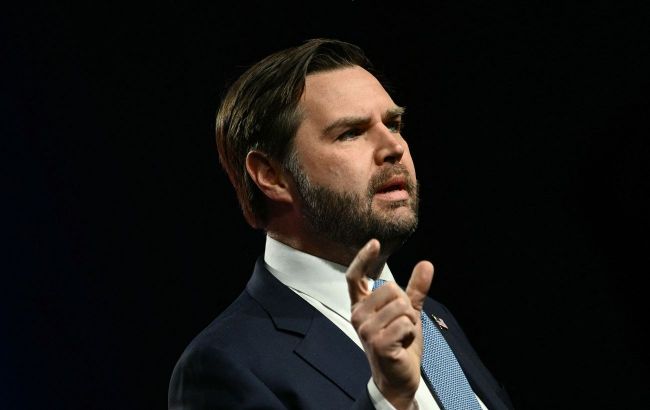US Government Shutdown: Republicans Weigh Cuts as Senators Seek a Deal
The US government shutdown continued into October, with Republicans debating how aggressively to leverage the situation to reduce the federal workforce. Meanwhile, a bipartisan group of senators explored options for a deal to reopen the government, at least temporarily, while addressing disagreements over healthcare subsidies.
Republican Strategies and Internal Divisions
Republicans considered using the shutdown to push for significant cuts to the federal bureaucracy. House Speaker Mike Johnson stated the shutdown provided an opportunity to implement changes that would normally be impossible due to lack of Democrat support. He emphasized the White House budget office's authority to prioritize essential services.
However, some Republicans, like Vice-President J.D. Vance, downplayed the prospect of widespread layoffs, emphasizing that Democrats would be held responsible for any negative consequences. This internal disagreement highlighted the political risks associated with the GOP's approach.
Russell Vought's budget office has reportedly called for federal agencies to create plans for mass firings, furthering the goal of reducing the size of government. This aggressive stance contrasted with the more cautious messaging from some Republican leaders.
Bipartisan Efforts for a Resolution
A group of moderate Republicans and Democrats met to explore potential solutions to end the shutdown. Options discussed included a short-term funding bill combined with negotiations on extending Obamacare subsidies. Senator Ruben Gallego indicated that ideas were being exchanged, but no agreements were reached.
Trump's Actions and Democratic Response
President Donald Trump and his budget director, Russell Vought, took action to halt US$18 billion in federal funding for infrastructure projects in New York City, citing concerns over diversity and equity practices. These projects included the Second Avenue Subway project and the Hudson Tunnel Project. This move targeted constituents of Senate Democratic leader Chuck Schumer and House Democratic leader Hakeem Jeffries, both representing New York.
Democrats framed the conflict as a battle over healthcare coverage, particularly the potential increase in insurance premiums if Affordable Care Act subsidies are not extended. Senator Schumer pledged a widespread campaign to highlight the Republican role in any healthcare cost increases. Their challenge lies in preventing defections, as Republicans need only a few Democratic votes to end debate and pass a spending bill.
- Democratic Strategy: Emphasize the impact of the shutdown on healthcare costs.
- Republican Strategy: Leverage the shutdown to cut federal spending and the workforce.
- Bipartisan Effort: Seek a short-term funding bill and negotiate healthcare subsidies.
Political Pressure and Shutdown Duration
Republicans expressed confidence that they could pressure enough Democrats to vote to reopen the government. Senator Steve Daines noted that some Democrats were uncomfortable with the situation. Senator Vance stated he would negotiate on healthcare subsidies once funding was restored.
The shutdown was expected to last for at least a few days, as the House was not in session. The Senate planned a brief recess for the Yom Kippur holiday, returning to work if the shutdown persisted.
Historical Context and Potential Outcomes
Previous government shutdowns during President Trump's first term proved unpopular. The last shut down in 2018, lasted five weeks, and his approval rating plummeted, and pressure mounted over missed pay cheques and delayed services.
Senator Vance sought to downplay the likelihood of government worker dismissals, acknowledging their unpopularity in the past. The outcome of the current shutdown depends on the ability of both parties to find common ground and address the key sticking points, namely spending cuts and healthcare subsidies.
 Visit the website
Visit the website






